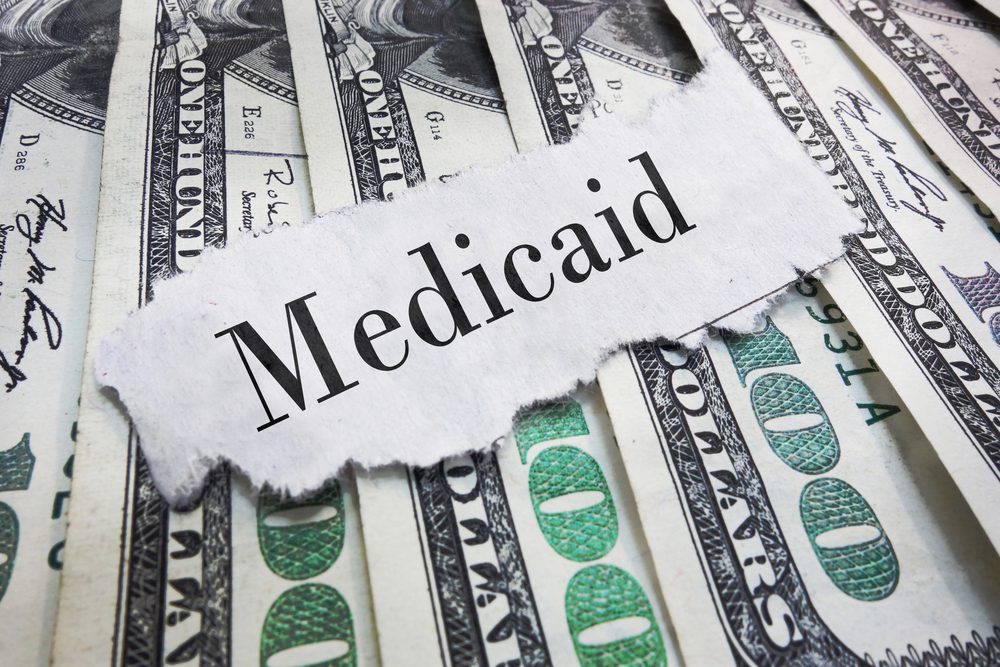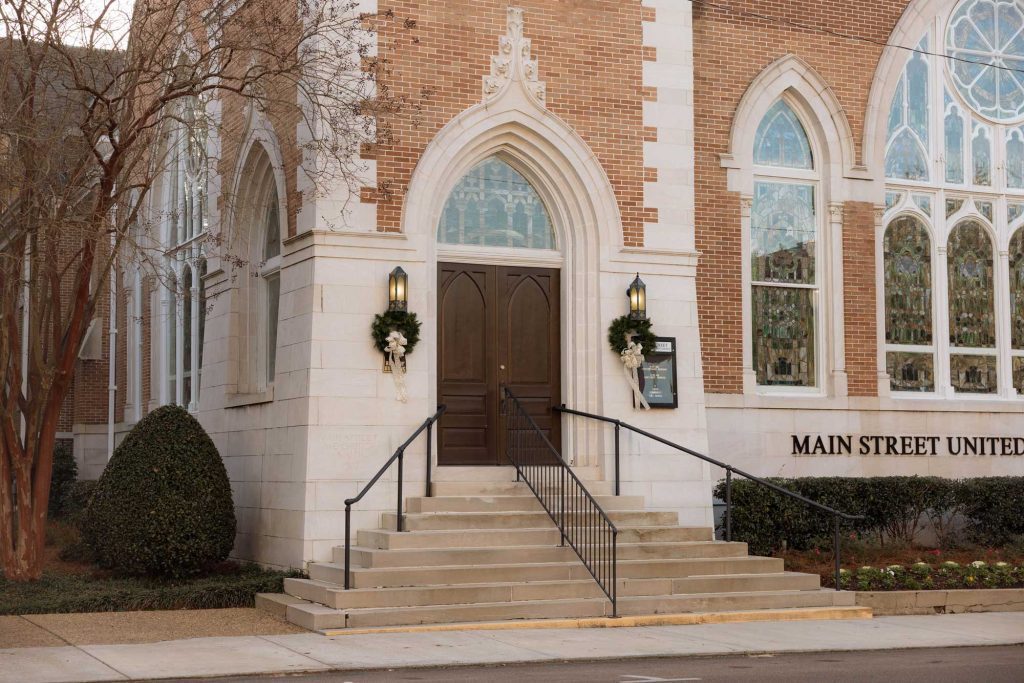
Studio portrait of Sid Salter. (photo by Beth Wynn / © Mississippi State University)
By: Sid Salter
I often wrote over the course of 35 years about public health care finance with a level of personal engagement that reminds me today much of a walk through a really fine zoo. The exhibits were intriguing, yes, but I could certainly lose interest quickly and move on to another topic.
I’m not proud of that, but it’s the way it was. For a man with health insurance – good health insurance – public health care finance was a societal question, not a personal one. Having good insurance was only part of my ignorance on the topic. There was also the burden of relatively good health.
Until 2017, most of my health issues were self-inflicted. Smoked too much. Ate too much. Played golf with my friends and called it “exercise” – rather than what it was, which was driving the cart and drinking a few beers. Lots of coffee. Not much sleep. Workaholic.
But in 2017, a grenade was thrown into the middle of my life in the form of a rare and aggressive blood and lymph node cancer. I was at Stage 4 before I knew I was sick. God was good to me, I had great medical care from my oncologist and a team of health care professionals. I survived.
In a couple of weeks, I will be at the two-year mark since my cancer diagnosis. I’m still in remission. Outside of my work, my life today remains on a short leash of scans and blood work every three months. You learn to live with it and you learn to thank God for each day.
Surviving cancer cost me and my insurance provider $1.2 million – at least that was the retail price. For example, the hospital would provide a PET scan at a retail price of roughly $12,680. The insurance provider would pay the hospital about $2,600. Once I met my deductible, my co-pays and my out-of-pocket limits, it became a fight between the insurance provider and the health care provider.
One of the great lessons of cancer, and there are many, is that no matter how badly you feel or how much the chemo or radiation kicks your butt, you are rarely the sickest, most hurting individual in the hospital. Somebody usually always has it worse and that knowledge leads to a lot of empathy and sympathy for those who are in worse shape.
During my journey, I saw so many suffering people who had no health insurance, no support system, no family members, nothing. They were receiving uncompensated care and while the health care providers did absolutely everything in their power to help them and to do so compassionately, there simply is a wide chasm of disparities between the haves and the have-nots in obtaining health care.
According to the Kaiser Family Foundation in 2008, some 45 percent of Mississippians had employer-provided group health insurance. Another five percent had non-group private insurance. Medicaid covered 19 percent while 11 percent received Medicare benefits. Another two percent had other public health care while 18 percent were uninsured.
The same source reported in 2017 that some 42 percent of Mississippians had employer-provided group health insurance. Another six percent had non-group private insurance. Medicaid covered 24 percent while 13 percent received Medicare benefits. Another two percent had other public health care while 12 percent were uninsured.
Mississippi’s sad litany of chronic health problems are now familiar — diabetes, heart disease, obesity and the highest infant mortality rate in the nation — as is the state’s status as the poorest U.S. state.
The solution is more complex than simple Medicaid expansion. Total Medicaid spending in Mississippi (adjusted for inflation) over the period 2000 to 2012 doubled from $2.6 billion in 2000 to $4.6 billion (up 76 percent). For the same period nationally, Medicaid spending in the U.S. grew from $263.7 billion to $429.2 billion (up 63 percent).
Aging Baby Boomers like me are going to significantly well the ranks of the uninsured and underinsured over the next 20 years. In both federal and state politics, there is no more important question for political candidates than this one: “How do you plan to pay for public health care?”











